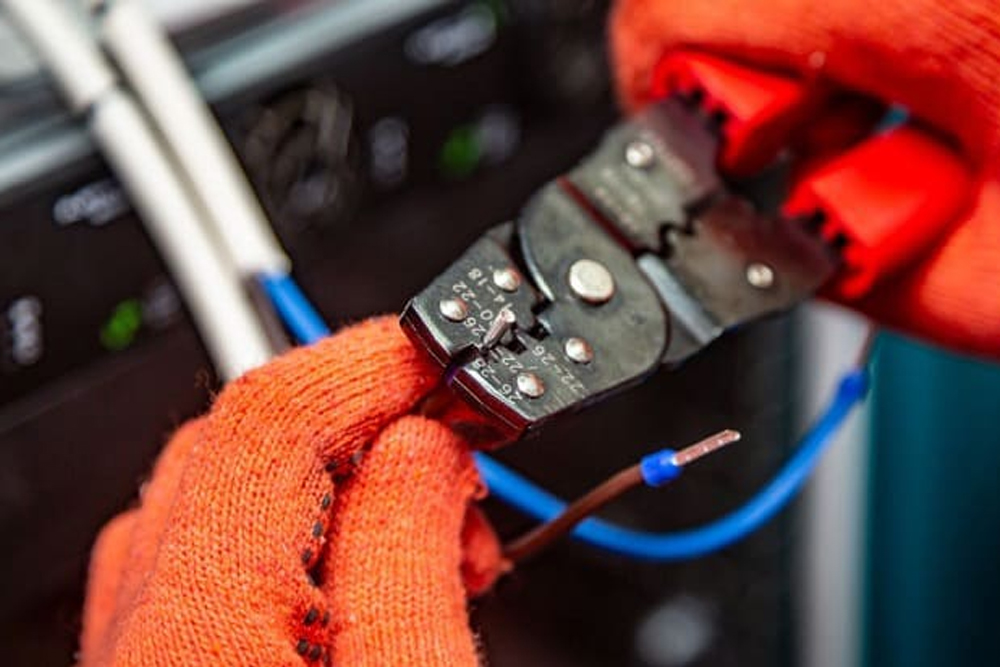Hello friends! I hope you all must have heard the word “Cable Cutters”, but there may be some of those who are hearing it for the first time. Then I am here to guide you through my blog. So, keep reading guys.
What are Cable Cutters?
Cable cutters or wire cutters are typically hand-held Cordless Powertools that require a simple one- or two-handed operation to cut through wires or cables, similar to a pair of scissors. There are a variety of cutters available depending on the gauge of cable to be cut, ranging from small pocket-sized wire cutters to larger heavy-duty cable cutters.
What are these Cable Cutters ideal for?
Cable cutters or wire cutters are typically hand-held Cordless Power Tools that require a simple one- or two-handed operation to cut through wires or cables, similar to a pair of scissors. There are a variety of cutters available such as from the top brands like Milwaukee, and Dewalt depending on the gauge of cable to be cut, ranging from small pocket-sized wire cutters to larger heavy-duty cable cutters.
- Electrical Applications
- Industrial Applications
How to use the Cable Cutters?
Here are some handy tips for using electrical wire cable cutters, as well as important safety procedures to follow to avoid injury and complete the task quickly and easily:
- Wear safety goggles to protect against airborne particles
- Try to cut at right angles and avoid wiggling the tool or bending the wire back and forth against the edges
- Avoid using them on nuts and bolts – use a wrench for this task instead
- Avoid cutting hardened cable unless the tool is specifically designed for this task – it is better to use sturdier tools for this task as thinner types, such as needle-nose cutters, could incur damage
- Oil tools regularly with a drop of oil on the hinge – this will make them easier to use
- Avoid exposure to excessive heat
- Do not use cushioned levers when working with electrical wiring as they are not insulated and do not offer a sufficient level of protection
- Choose tools that have a grip span between 6cm and 9cm to prevent hands or fingers from getting pinched when the tools are closed
- Make sure the edges of the tool are sharp as blunt or worn edges need a lot more force to make an accurate cut
- Ensure tools are clean and sharp because greasy or worn-down edges can compromise safety and could cause repetitive strain injuries with prolonged use
- Refrain from hammering on tools to cut objects
- When using pliers, pull on them instead of pushing away when applying pressure because if the tool accidentally slips, the user could sustain an injury
Thanks for reading the blog!

